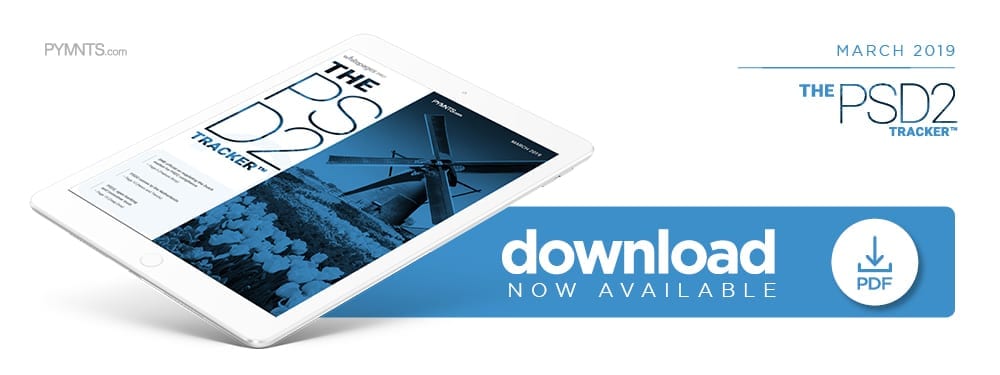Deep Dive: PSD2, Open Banking And Consumer Trust

 PSD2’s open banking initiatives often rely on APIs, which allow banks, merchants and third-party providers to access more data and process more transactions than they could in the siloed banking age. Thanks to these benefits, many countries outside the EU are also considering making changes to their banking standards and regulations, enabling open banking to take root.
PSD2’s open banking initiatives often rely on APIs, which allow banks, merchants and third-party providers to access more data and process more transactions than they could in the siloed banking age. Thanks to these benefits, many countries outside the EU are also considering making changes to their banking standards and regulations, enabling open banking to take root.
Open banking policies often come with additional tools that make payments faster and improve transparency when money moves money across international lines. These standards also make it easier for FIs to verify customers’ identities, because they’re able to cross-reference new data points for higher accuracy.
Though there are obvious benefits to open banking, its growth is still blocked by a simple barrier: most customers are in the dark about the transition, and their trust hasn’t been affected by the increased transparency.
According to some studies, only a small portion of customers are taking advantage of the upgraded ecosystem. A study conducted on U.K. consumers revealed that just 18 percent of them know what open banking is, and only 9 percent had used it.
Granted, PSD2 has only been active for just over a year, which could explain why these numbers are so low. FIs should know, however, that customer awareness and better yet, trust, is essential to the use and growth of open banking services.
Open banking and customer trust
While the numbers are low now, studies suggest that consumers will adopt open banking over the next few years. By 2022, 64 percent of adult consumers will utilize open banking services, as will 71 percent of small businesses.
Before that can happen, however, FIs need to educate consumers about PSD2 and open banking, focusing on customers’ relationships with data with emphasis on the increased amount of control they have. In addition, some in the industry suggest that this education should primarily include millennials — those between the ages of 20 and 35. According to recent research, this subset of consumer is most likely to be receptive to open banking, which could push adoption along that 2022 timeline.
Most millennials are already comfortable sharing at least some of their data with banks, merchants and third-party players as approximately 62 percent of them use a mobile app for their daily financial needs, like transactions and checking balances, suggesting they’d be more willing to adopt open banking. In addition, research suggests that these consumers would likely be more receptive to education initiatives that focus on accountability and financial inclusion.
The future of open banking
As customer awareness and the use of open banking services increases, the usefulness and accuracy of these services should also surge. A greater amount of customer data the user of open banking APIs could lead to greater insights on consumers’ spending and financial habits. This would allow merchants and third-party providers to create new products and services that appeal to a larger number of consumers.
Consumer trust and awareness aren’t the only challenges that FIs and other financial players face when it comes to future innovations. As these initiatives grow in scale and customer volume, FIs also need to make sure that data and money flowing through these digital channels is adequately protected from fraudsters.
Open banking could have a profound effect on the way that money is sent and received for all levels of the financial world — from customers and merchants to payment providers and banks. To ensure that growth, players under PSD2 need to make certain that there’s trust in the ecosystem at every turn.
